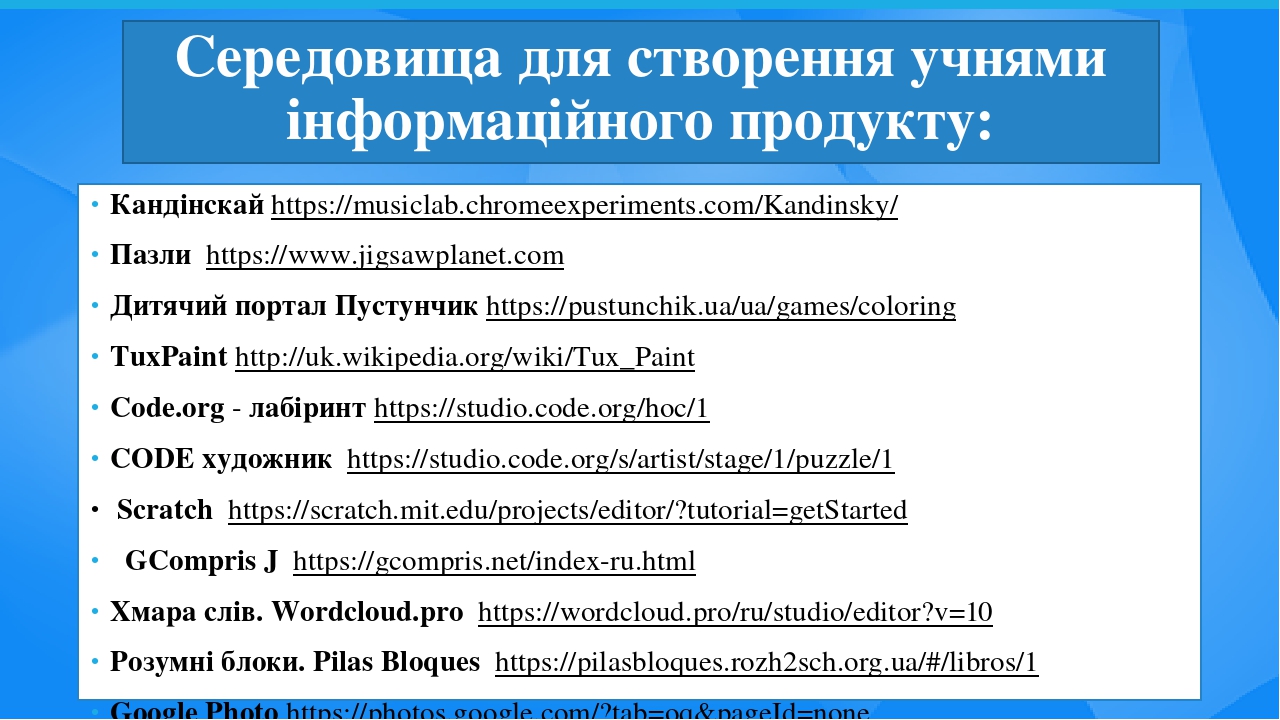

If you are a beginner, it may help you understand the basics well. Well, for a musician, the tools are basic.
Strings – Visualize the relationship between the length and pitch of a string. Oscillators – Hear multiple oscillators (vibration at steady rates), change frequently, and types. Check if you’re planning to start with a DAW. Piano-Roll – Pre-set pieces in a piano roll style UI. Harmonics – You can see how a note changes its sound when played twice/thrice/four times as fast. Voice-Spinner – Spin your own voice recording back and forth like a turn-table. Sound Waves – Visualise how air molecules move back and forth when you play a note. Spectrogram – Visualize and compare frequencies of different sounds like a wine glass, modem, flute, own voice, etc. Here’s a list of all the remaining tools you should try. Playing and observing will help understand the melody maker, arpeggio tools better. It has pre-recorded patterns of famous melodies in a grid form. 
Then students answer questions about their partner's composition, working on their critical listening skills.The other one that you might want to check is piano roll.

Students will draw their own drawing on paper, then swap with a partner and try to recreate that drawing in Kandinsky. It will get your students interested in composing in a whole new way, as well as evaluating and listening critically to other student's compositions. This fun, low prep music lesson uses the Chrome Music Lab experiment Kandinsky and fun drawing prompts to get students composing.







 0 kommentar(er)
0 kommentar(er)
